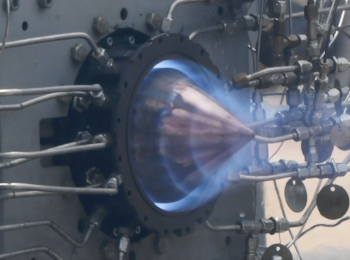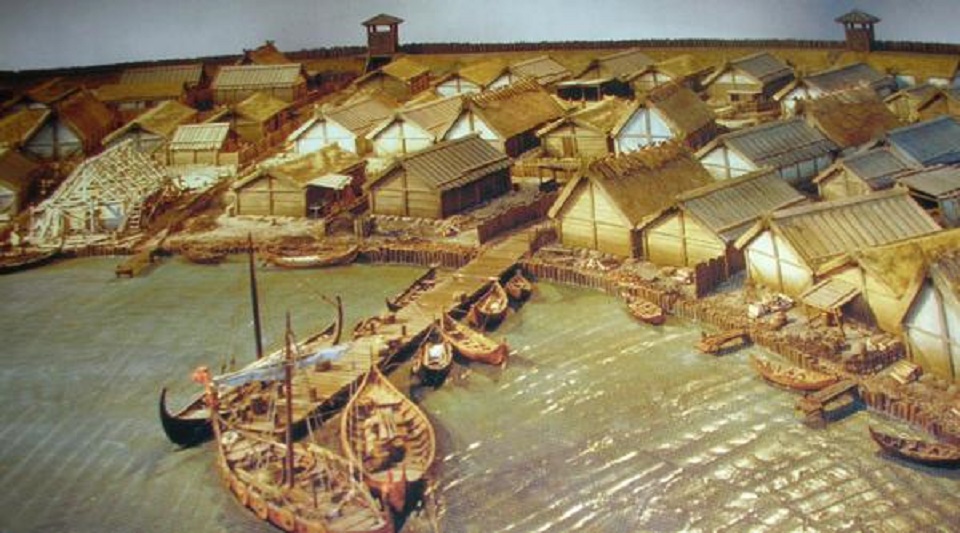
The town of Birka was one of the larger and more important towns in Scandinavia during the Viking Age. Situated on the island of Björkö, just nearby the present capital of Sweden, Stockholm. In a large inlet called Mälaren.
A Trading Hub
Birka was an important trading and commercial center in Scandinavia from the 700s to about 1,000 CE. It was one of several trading hubs in Northern Europe during this period. Kaupang in today’s Norway, Hedeby in Germany, Ribe in Denmark and Uppåkra in southern Sweden. Also Staraya Ladoga in modern-day Russia, a town near the present-day city of St Petersburg. Were all other important Viking trading centers.
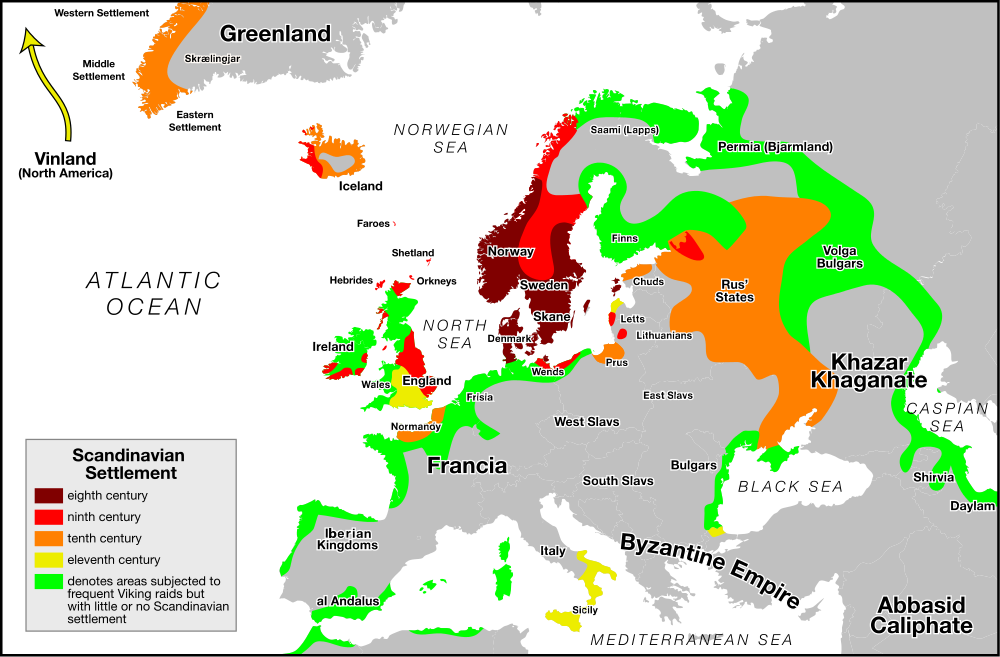
It is thought that all kinds of goods were traded in Birka, from all over Europe and beyond. From the far east and the orient to the south and Africa. Domestic goods such as iron, fur, horns, and amber were traded for silver, silk, glass, and spices.
Archaeology provides insights into what the craftsmanship created at Birka, with artifacts found indicating the presence of comb makers, bronze casters, pearl-makers, weavers, and smiths.
A Town on the Sea
New investigations by marine archaeologists of the seabed just off the island of Björkö, indicates a much larger port area than previously thought. The town is now believed to be a third larger, with large portions of the town built on the water.
This discovery certainly enhances the city’s importance as a commercial center. With a whole new part of the city stretching 100 meters (328 feet) out over the sea with town areas and extensive port construction.
Birka has been explored for centuries, but it has only been done on land and never the seabed outside the town.
The marine archaeologists now outline what Birka may have looked like; suggesting that stone and wood structures acted as foundations on the sea floor for very large bridges, over 100 meters long. Trading was probably conducted on these interconnected bridges.
Archaeologists have done similar findings at the town of Hedeby in present-day Germany. And they have then come to a similar conclusion and interpretation. With a harbor built on water acting as a city square.
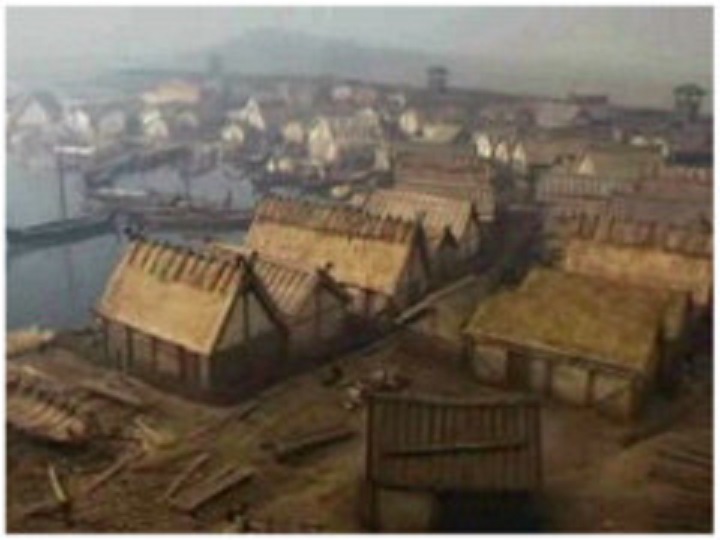
Warriors, Explorers, and Traders
The findings at Birka provides a somewhat diverse and nuanced perspective of the Vikings, as not only presenting them as plundering marauders and conquering warriors but also as proficient and peaceful traders.
Birka was abandoned during the latter half of the 10th century. Based on coin findings, the city seems to have silenced around the year 960 CE. At roughly around the same time as the nearby town of Sigtuna supplanted Birka as the main trading center in the area. The theory is that easy access to Birka was slowly cut off with continuously rising land levels since the last ice age. Today the surrounding water is a lake called Mälaren, but a thousand years ago it was a bay area to the greater Baltic Sea.
The town of Visby on the Baltic island of Gotland was also in a better strategic position and was gaining eminence as a mercantile stronghold. It was to become the greatest trading port in Scandinavia during the middle ages with the German Hanseatic Trading League simultaneously growing in influence and power in the region.
Click here to view a documentary clip of a computerized reconstruction of Birka. The reconstruction and documentary are from 1999 and was produced by Agaton Film. As outdated it may be in the light of the new discoveries, it is still very enlightening and fascinating.
_______________
Swedish Maritime Museum
______________________________


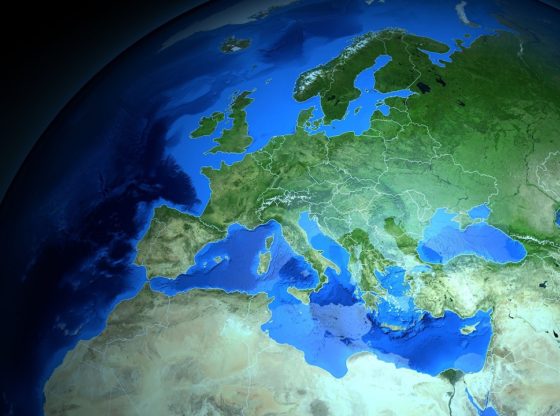
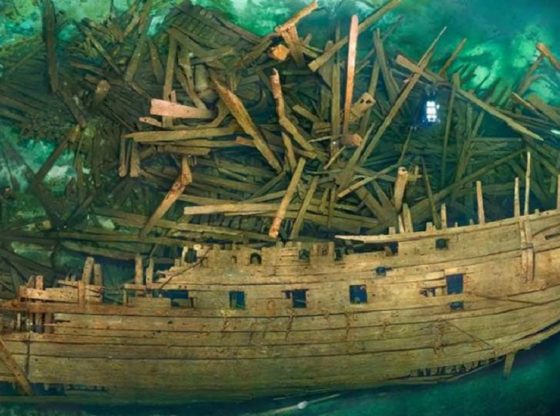

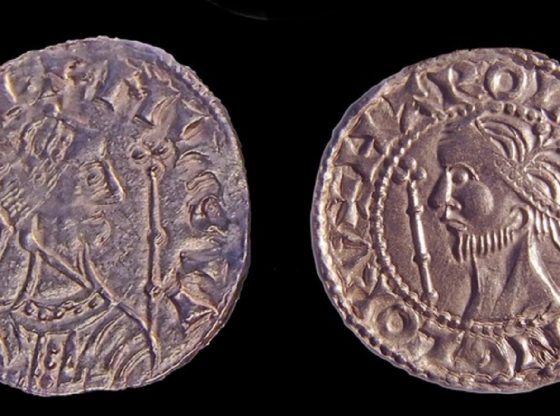

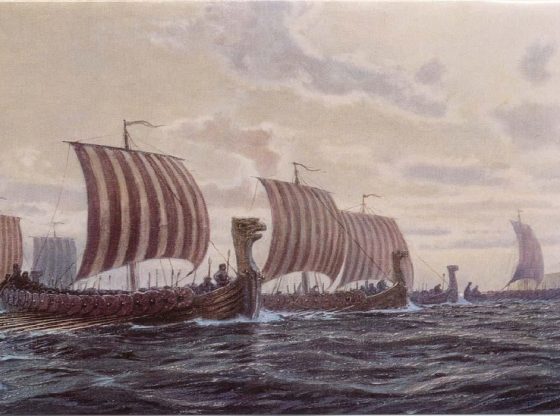
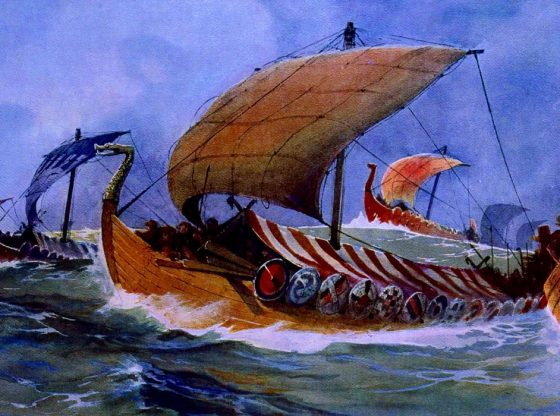
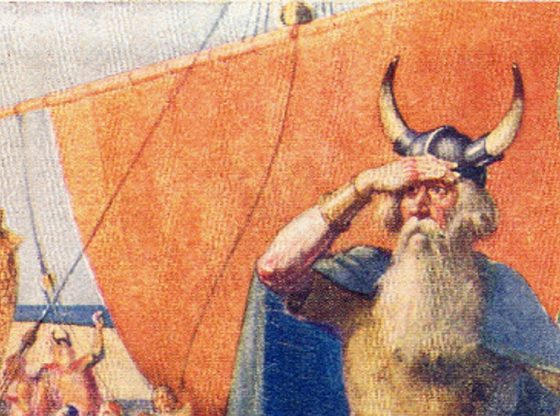
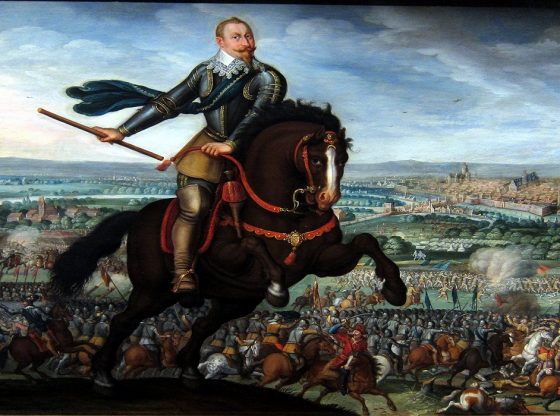
![OpenAI. (2025). ChatGPT [Large language model]. https://chatgpt.com](https://www.illustratedcuriosity.com/files/media/55136/b1b0b614-5b72-486c-901d-ff244549d67a-350x260.webp)
![OpenAI. (2025). ChatGPT [Large language model]. https://chatgpt.com](https://www.illustratedcuriosity.com/files/media/55124/79bc18fa-f616-4951-856f-cc724ad5d497-350x260.webp)
![OpenAI. (2025). ChatGPT [Large language model]. https://chatgpt.com](https://www.illustratedcuriosity.com/files/media/55099/2638a982-b4de-4913-8a1c-1479df352bf3-350x260.webp)








